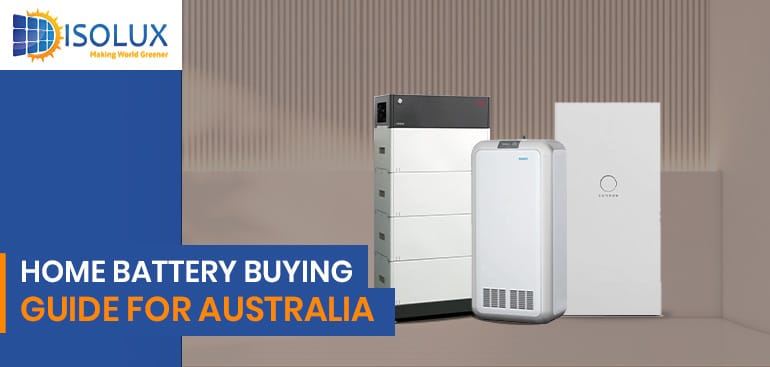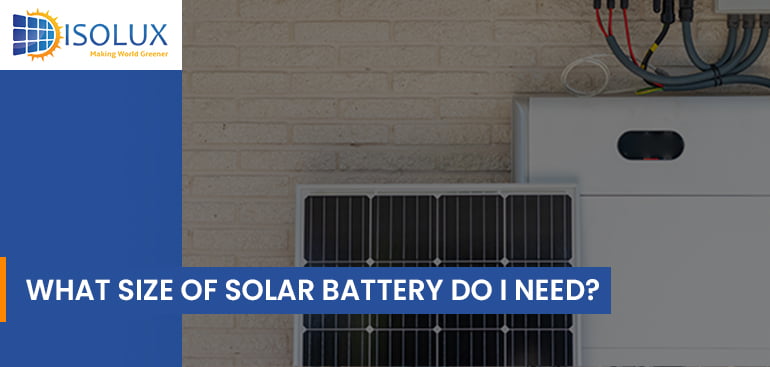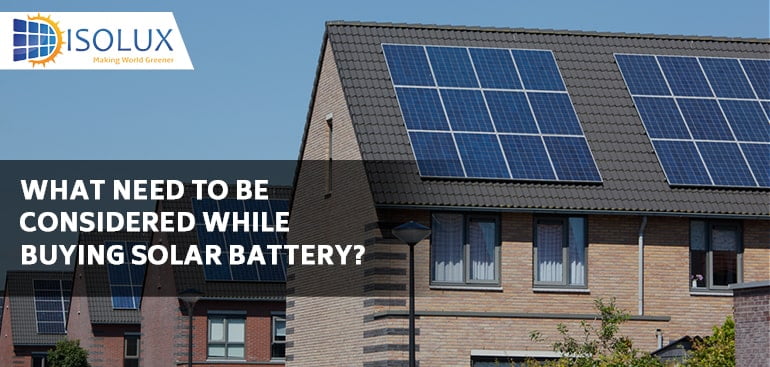Adding a home battery to your solar system can save you more money. It also helps keep the lights on during blackouts. But buying one is not simple. It’s not like buying AA batteries from the shop. You need to know what they cost, which ones work best, and if home battery worth the money. Let’s break it down.
How Much Does a Home Battery Cost?
A good battery costs around $10,000 before installation. After installation, the total cost can range from $15,000 to $33,000. Why so expensive? Two things drive the price: capacity and brand.
- Capacity is measured in kilowatt-hours (kWh). Bigger batteries store more energy but also cost more. Don’t buy anything less than 10kWh.
- Brand matters. A well-known brand like Tesla is more expensive than lesser-known ones.
Installation costs vary too. Simple jobs cost less. Tricky ones—like those needing long cables or fireproof walls—cost much more.
| Battery System | Capacity | Approx. Installed Cost | Cost per kWh | Warranty |
|---|---|---|---|---|
| BYD* | 13.8 kWh | $11,000 | $840 | 10yrs, 60% |
| Tesla Powerwall 2 | 13.5 kWh | $14,500 | $1,050 | 10yrs, 70% |
| Sungrow* | 12.8 kWh | $10,200 | $835 | 10yrs, 60% |
| SolarEdge* | 9.7 kWh | $12,400 | $1,181 | 10yrs, 70% |
| Enphase | 5 kWh | $9,300 | $2,010 | 15yrs, 60% |
| Sigenergy | 8 kWh | $8,500 | $1,000 | 10yrs, 70% |
Are Home Batteries Worth It?
That depends. Batteries can save you money. But the payback time varies.
Let’s say you buy a Tesla Powerwall for around $15,500 (fully installed). If you’re on a flat electricity rate, it could take over 12 years to earn back that money. But if you’re on a Time-of-Use (TOU) tariff, you may break even in just 6 years.
TOU tariffs charge different prices depending on the time of day. Electricity is expensive in the evening. It’s cheaper at night or midday. Batteries help you avoid high-cost times by using stored solar energy instead.
Some electricity companies offer special rates. One of them, Amber, bases its prices on the wholesale market. Prices change every 30 minutes. That can be risky. But some users report saving over $2,000 a year.
Pro tip: Never buy from door-knockers or random calls. Always do your own research. Try online calculators to check how long your battery will take to pay for itself.
Backup Power & Safety Features
Many people think all batteries work during a blackout. That’s not true. Blackout protection is only available with certain battery models.
If you want backup power, ask your installer these three things:
- Backup current – How many appliances can it run at once?
- Surge current – Can it handle a sudden power load?
- Switch-over time – How fast will it kick in after the grid fails?
Some batteries switch instantly. Others may take a minute or more. Not all systems allow charging from solar during a blackout. If that matters to you, check before you buy.
Also, consider a bypass switch. It costs about $100. It helps power key devices even if your battery fails. A good installer will guide you through all of this.
It’s best to only back up essential devices:
- Fridge
- Lights
- Wi-Fi router
- One air conditioner
Trying to power your whole house may cost much more than it’s worth.
Home Battery Types and What They Look Like
Most home batteries in Australia use lithium-ion technology. It is compact, efficient, and easy to maintain. But it’s not perfect. If it catches fire (rare, but possible), it burns very hot.
There are three types of lithium batteries you’ll find:
- NMC (Nickel Manganese Cobalt) – High power, more fire risk.
- LFP (Lithium Iron Phosphate) – Safer, more stable.
- LTO (Lithium Titanate Oxide) – Very safe, very long-lasting, but very expensive.
Some batteries even come with fire safety gear. For example, SolarEdge batteries include a built-in extinguisher.
Now for the looks. Battery brochures show sleek, wire-free boxes. But real installations don’t look that clean. You’ll see cables, switches, labels, and even bollards in garages. Some batteries are all-in-one units. Others have separate inverters. A neat install depends on your installer.
Common Mistakes to Avoid
Watch out for dodgy sales tactics. Some salespeople use tricks like:
- Bait and switch: They quote a cheap battery. On installation day, they add hidden costs.
- False zero-bill claims: They promise no electricity bills without checking your actual usage.
Also, check the warranty. Cheap brands may offer short warranties—or none at all. Choose a brand with an Australian support office. If something breaks, you’ll want local help.
Conclusion
Adding a battery to your solar system can be smart. It can save money, provide blackout protection, and give peace of mind. But only if done right.
Here’s what to remember:
- Pick a reliable brand and certified installer.
- Check if your electricity plan works well with a battery.
- Only back up essential devices.
- Watch out for scams.
With the right setup, your home battery can last over a decade and bring you real savings. Get trusted quotes from a local solar installer -> isolux.com.au.



